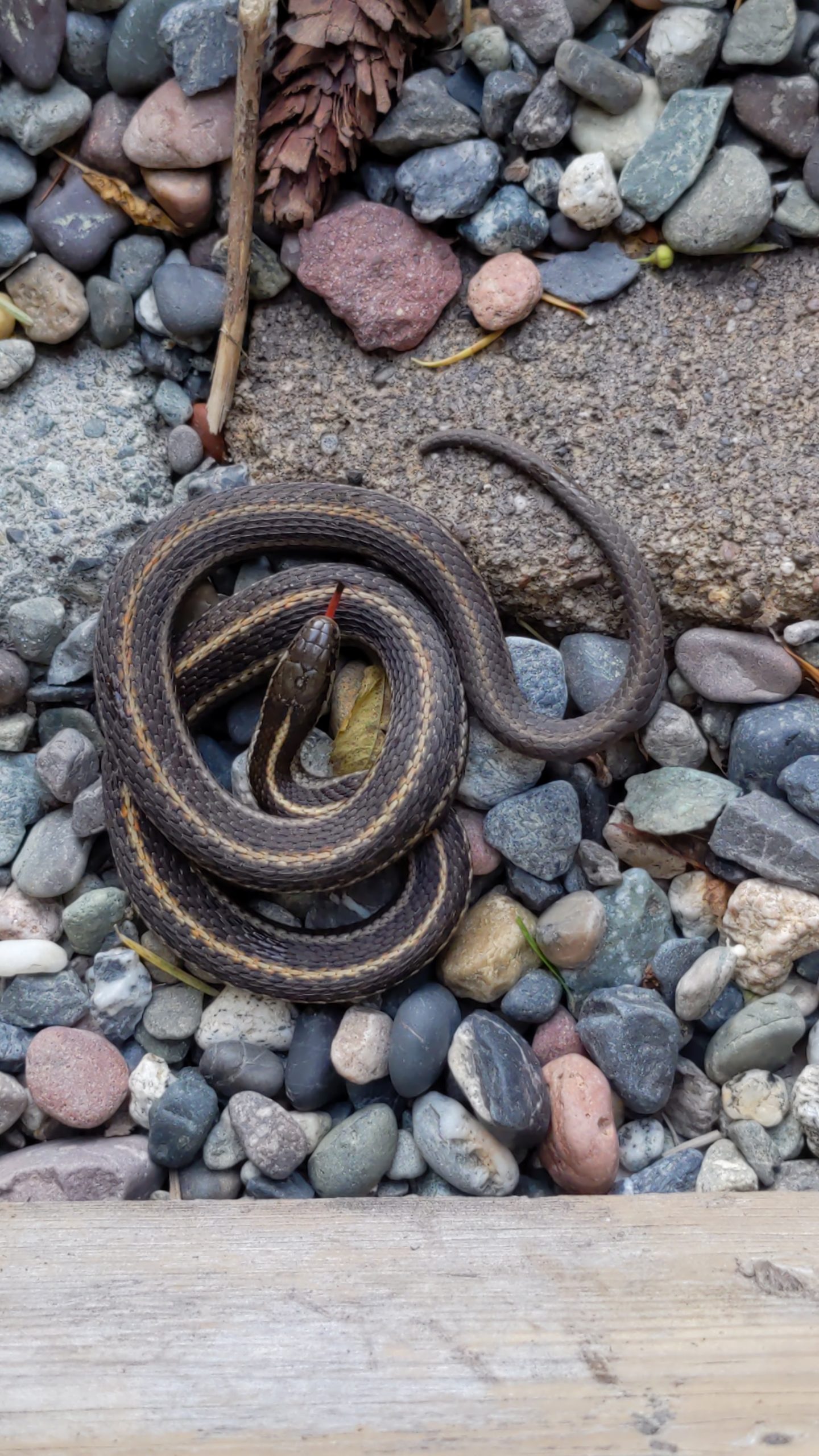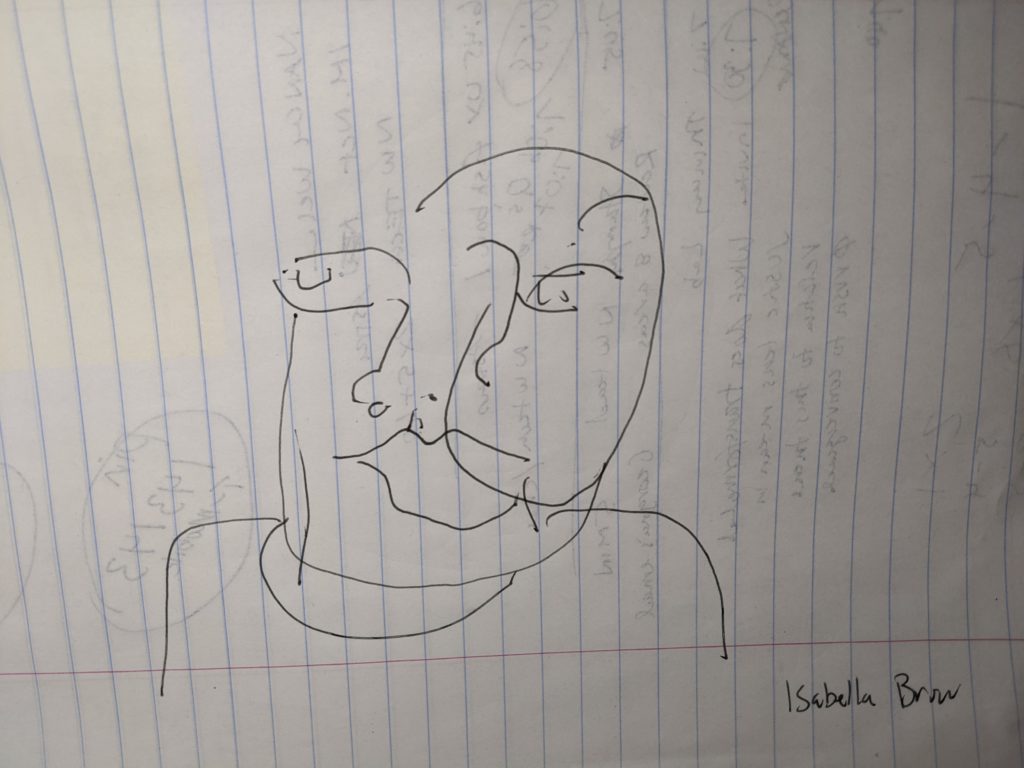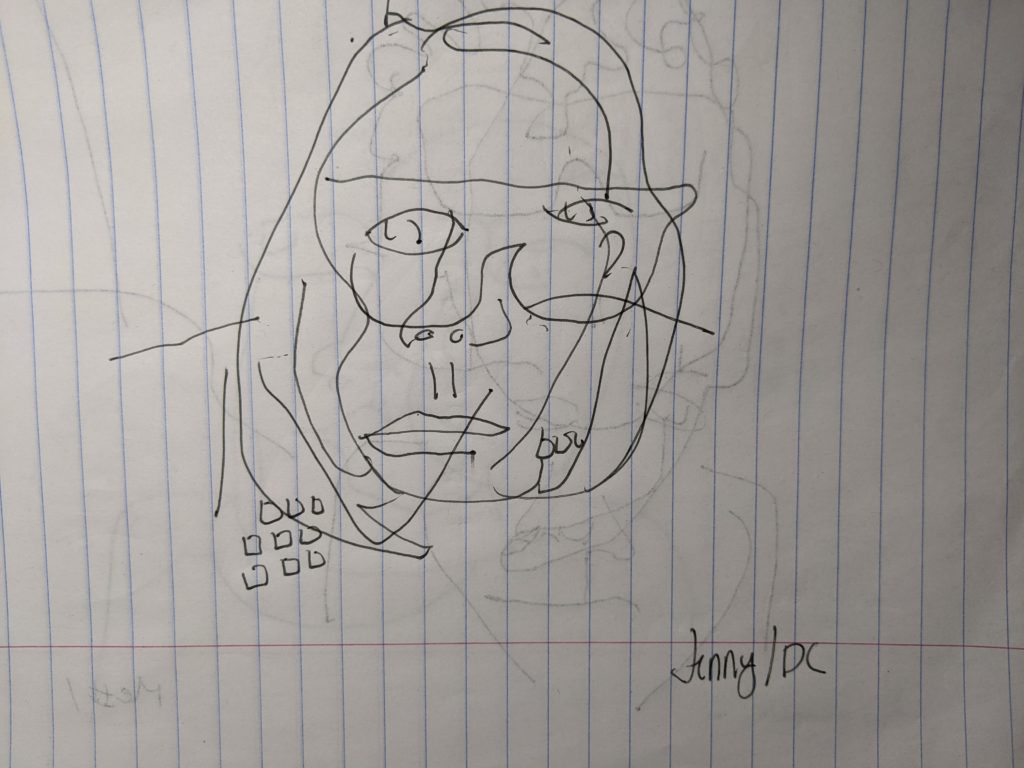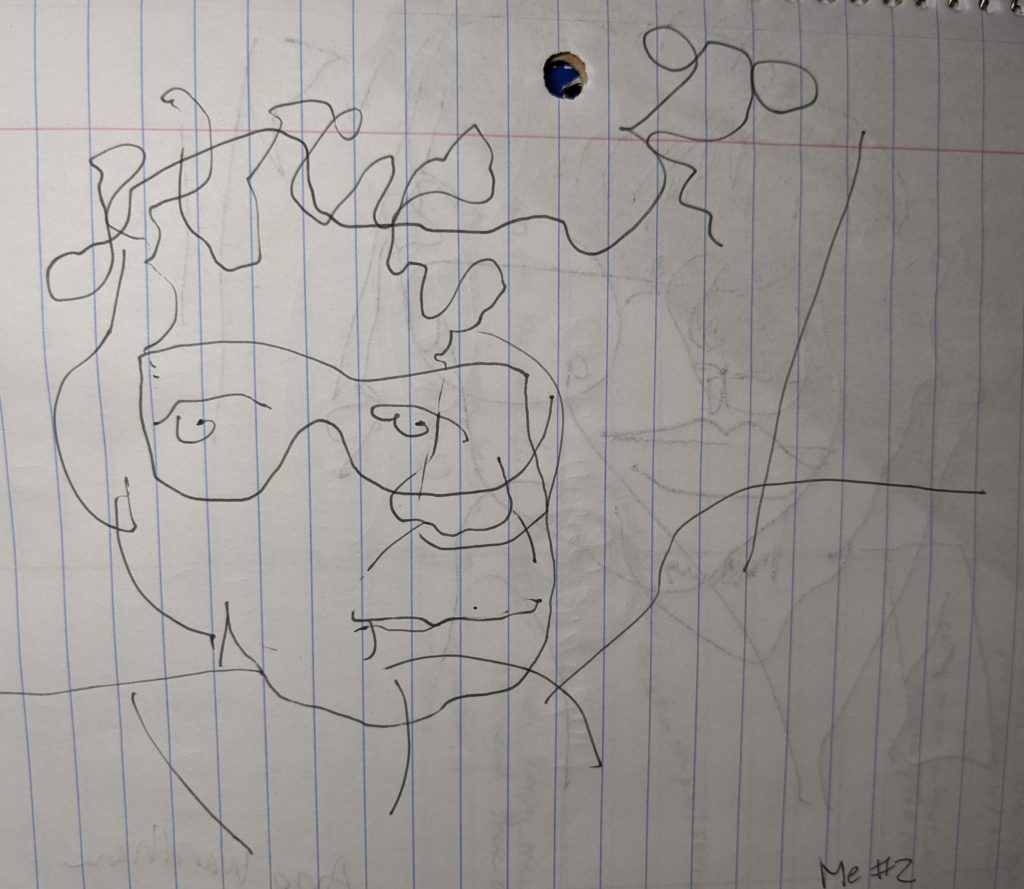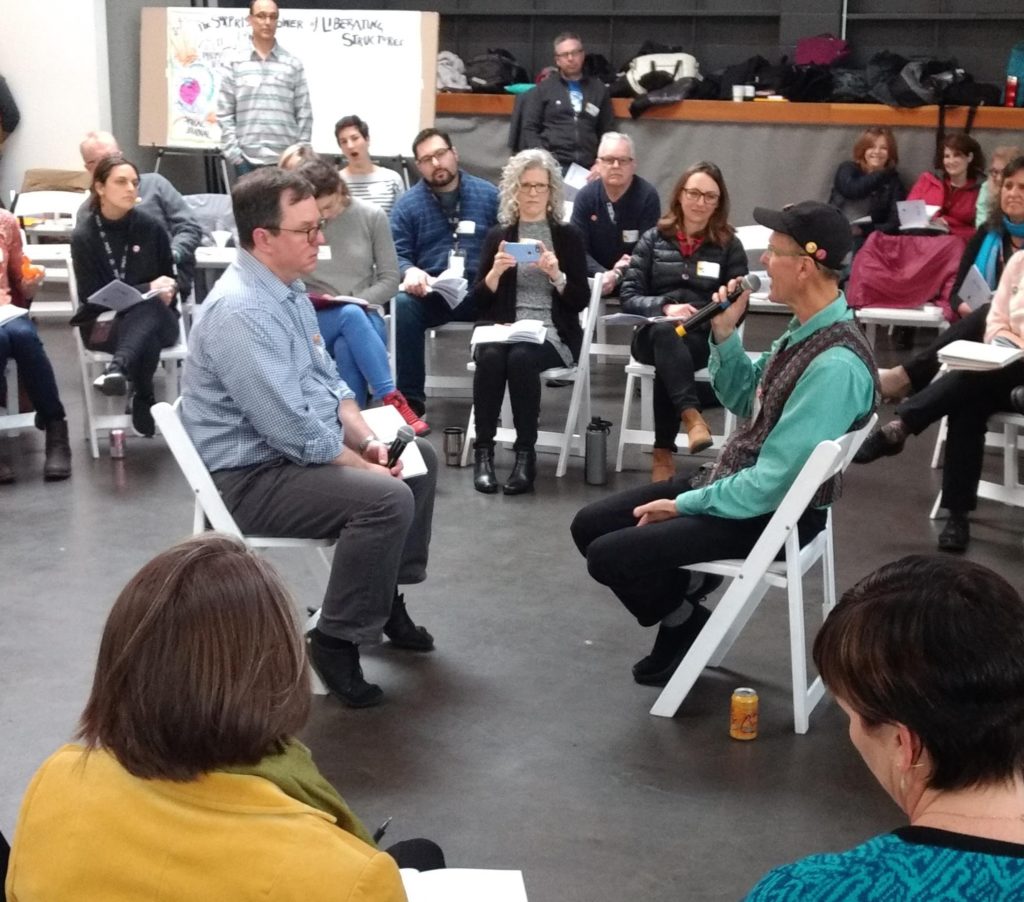It has been a while since I updated my little communities of practice (CoP) toolkit, which is essentially everything I have cribbed from all the smart CoP out there. It is part conceptual (what IS a CoP), and part operational (how to start/support a CoP). At one point someone wanted worksheets, so there are worksheets, but frankly, I think that is overkill 99% of the time!
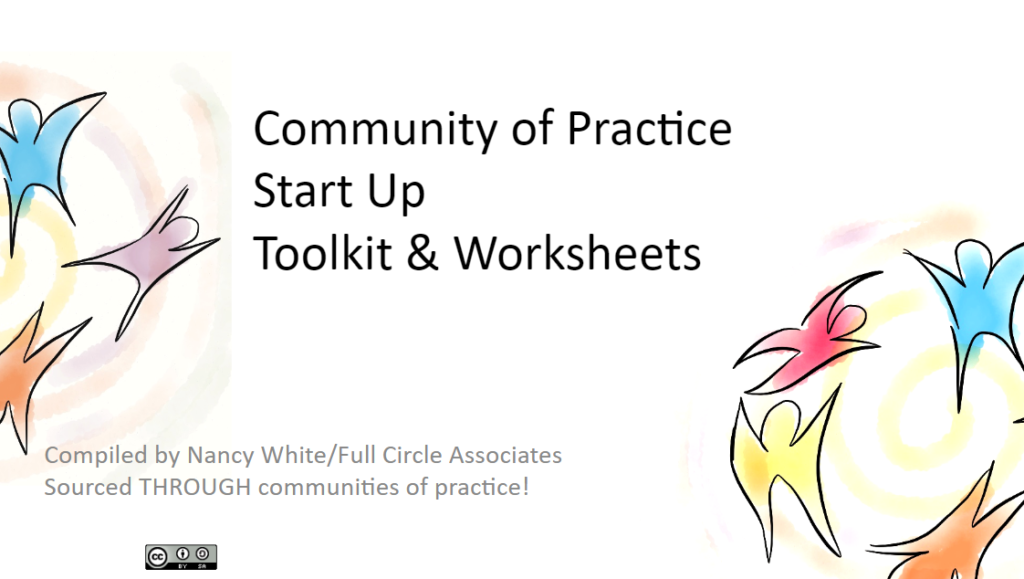
What is new are the references to Bev and Etienne Wenger-Trayner’s use of social learning and social learning spaces as a container for things like CoPs. (See slides 12-14)
Have a peek, offer feedback!
